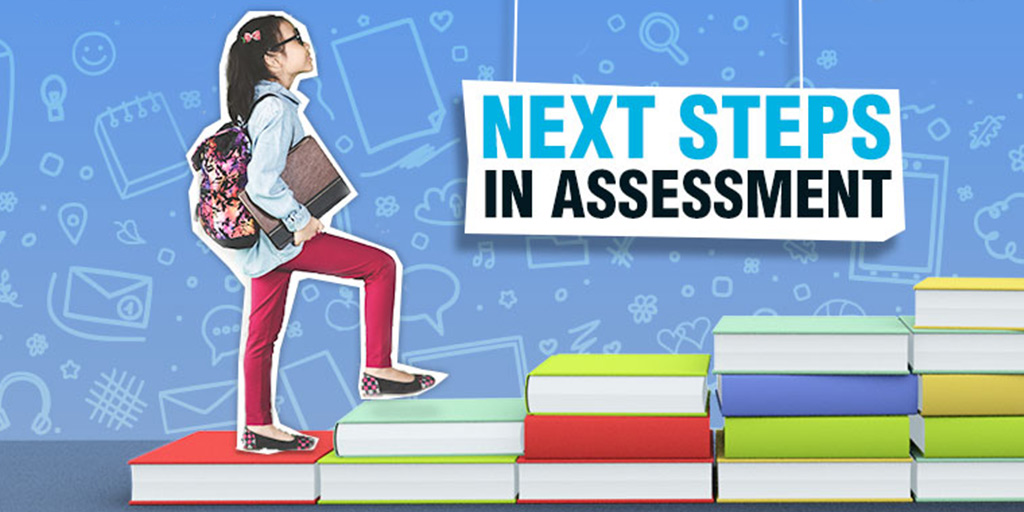4 ways assessment data can support remote learning
More than 90% of the world’s schools have been affected by the pandemic this year. That’s hundreds of millions of students faced with school closures.

Login | Support | Contact us
Kate Bailey : Aug 19, 2020 1:55:00 PM
3 min read

The COVID-19 crisis has caused widespread school closures in 188 countries and 1.7 billion children, young people and their families have been disrupted as a direct result (OECD, 2020).
We’re not only facing potential learning loss but also an impact on aspirations for the future and engagement with school. Not all students will have experienced high-quality education when based at home and this depends largely on the education continuity strategies that have been put in place and how distance learning tools have been implemented.
Early results suggest that around two million pupils in the UK had done no schoolwork or managed less than an hour a day at home and around four in ten pupils in England had not been in regular contact with their teachers.
We can expect an erosion of basic academic skills, such as writing or basic arithmetic, that students would be practicing through different curriculum subjects in the classroom.
We should also expect a loss of curriculum knowledge, although that will be harder to measure due to the different curricula in place around the world.
There will be some students that are going to have difficulty re-engaging with school and educational activities, especially those who might have found school an anxious place to begin with.
Then there are the potential personal losses many students may have suffered due to COVID-19 which will impact their mental wellbeing.
With students having lost months of time in the classroom, taking action to use reliable and stable data has never been more important than now.
The OECD paper on the long term impact of school closures due to COVID-19 highlights the importance of collecting accurate, valid and reliable data and engaging in diagnostic assessments to understand what students know and how much they have been impacted as soon as schools possibly can once they have returned.
Baseline assessments can provide actionable data on skills and aptitudes to help you to identify learning gaps. This coupled with the information from your colleagues about attendance, engagement with distance learning and the completion of tasks and homework will shape your understanding of the impact that this has had on your students.
Baseline assessments can also provide a useful and robust way for you to measure progress once back in the classroom.
We can help you gather data on skills and aptitudes through our computer-based adaptive assessments which test students according to their ability.
In a computer-adaptive test, an algorithm controls the difficulty level of the questions. It can help you establish a baseline measure of ability in a way that is inclusive and can accommodate the full range of student abilities.
The assessments fit into a standard lesson period and you can assess all students at the same time. No marking is required and the reports are available immediately.
Once the data has been gathered, get a team of colleagues together and analyse it.
For educators this will help you to understand the core competencies that you have for individuals and your classroom as a whole. The data can also support you to plan interventions and build personalised developmental pathways to ensure all students are on track to achieve the best outcomes.
Senior leadership teams can then use this information to understand what the range of outcomes might be across the whole school and how effective the school is.
Dig deeper into the data and make comparisons to historical intake profiles. Schools who use our baseline assessments can use longitudinal data to compare cohorts year on year and identify trends.
Think about which groups of students are most at risk of being disengaged and disaffected and how it might potentially affect their educational outcomes. For those working in secondary schools, how might this situation impact on the examination grades your students are going to achieve?
After assessing our students and analysing the data we now need to act. We need to:
We would strongly recommend that if you have assessed this year, that you reassess next year. If you have assessed last year and you normally would not this year, reassess this year – it will give you a lot more information to draw upon.
If you have a system like this in place where you have regular high-quality, highly valid, reliable and robust assessments you will be better prepared, more resilient and more able to adapt to situations like this that might occur in the future.
Watch a recording of Kate’s webinar: Let no student fall behind: Understanding how our assessments can aid recovery from COVID-19.
OECD (2020). Education and COVID-19: Focusing on the long-term impact of school closures [online]. Available: https://www.oecd.org/en/publications/education-and-covid-19-focusing-on-the-long-term-impact-of-school-closures_2cea926e-en.html [Accessed on 22nd July 2020].

More than 90% of the world’s schools have been affected by the pandemic this year. That’s hundreds of millions of students faced with school closures.

There is no research that can show us what the educational impact of COVID-19 school closures might be. Never in our lifetimes have so many schools...

"It is critical to conduct learning assessments to evaluate their effectiveness, improve their implementation and to pave the way for hybrid...